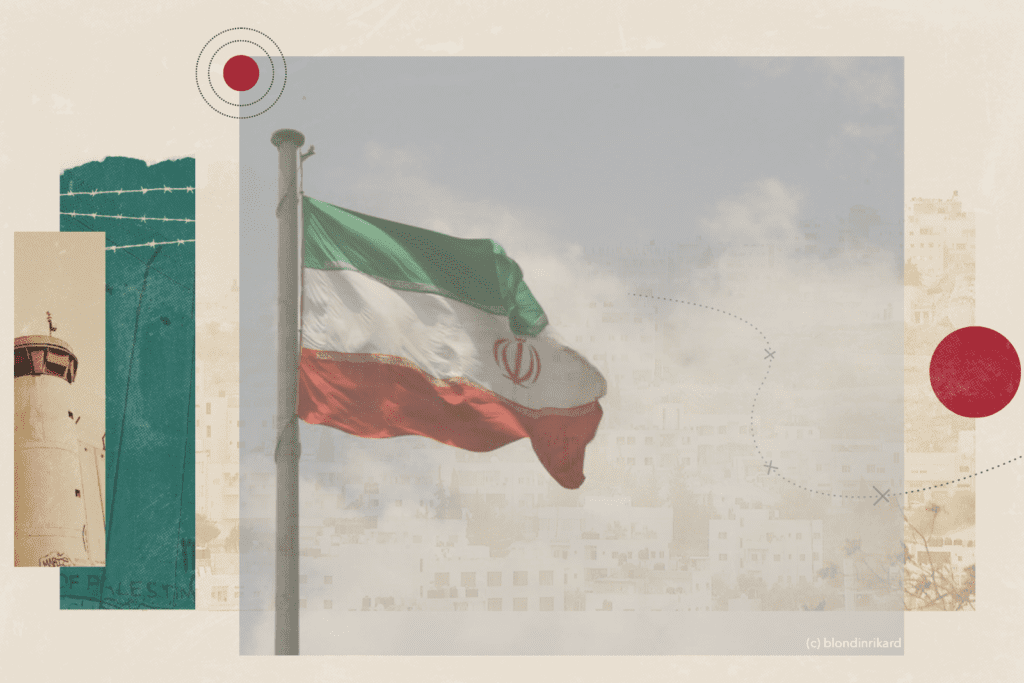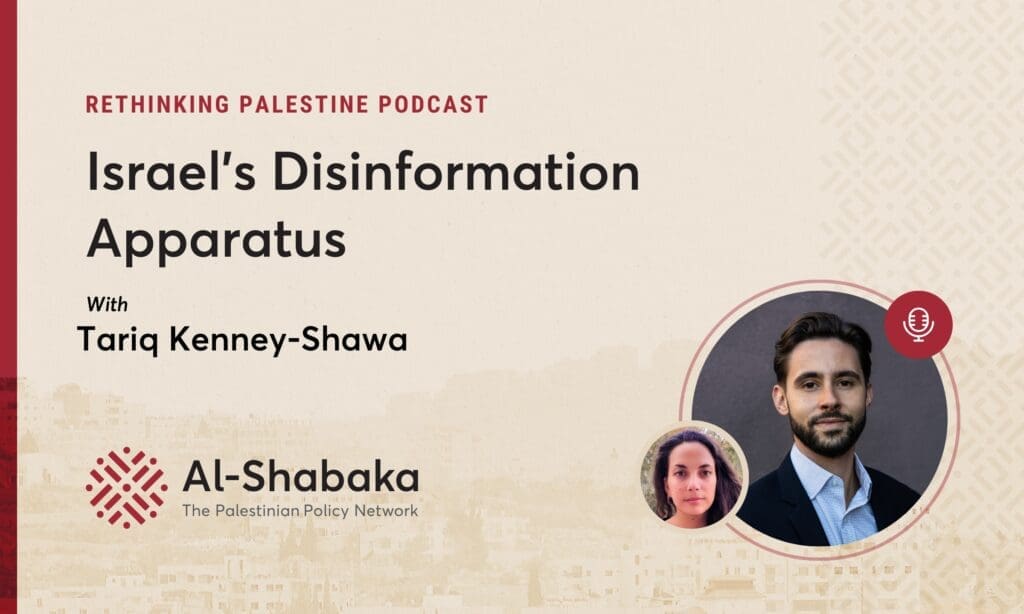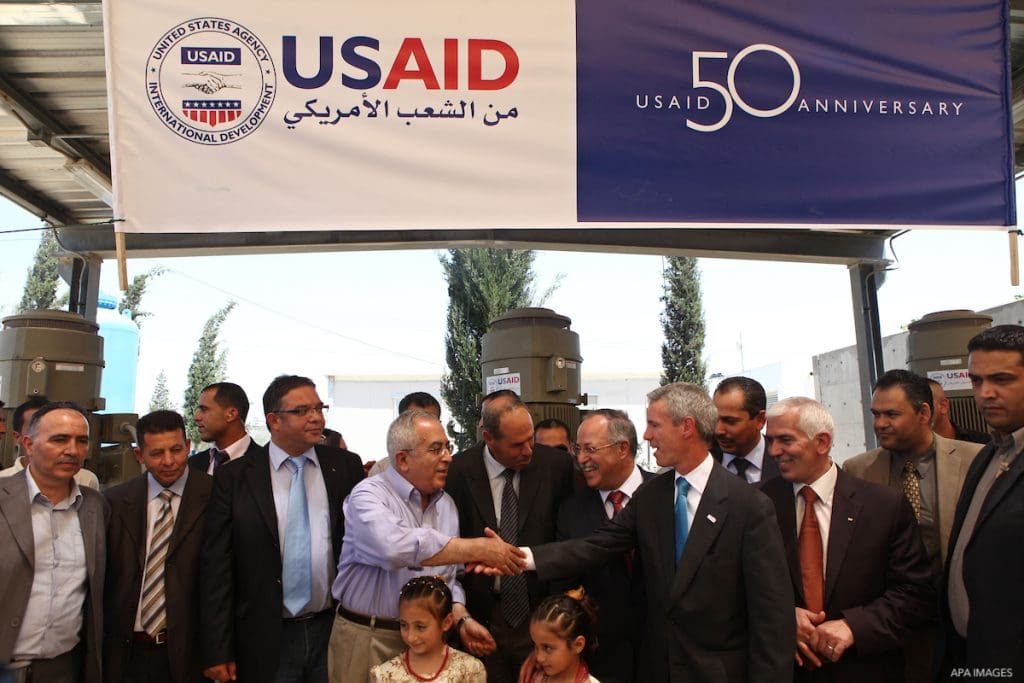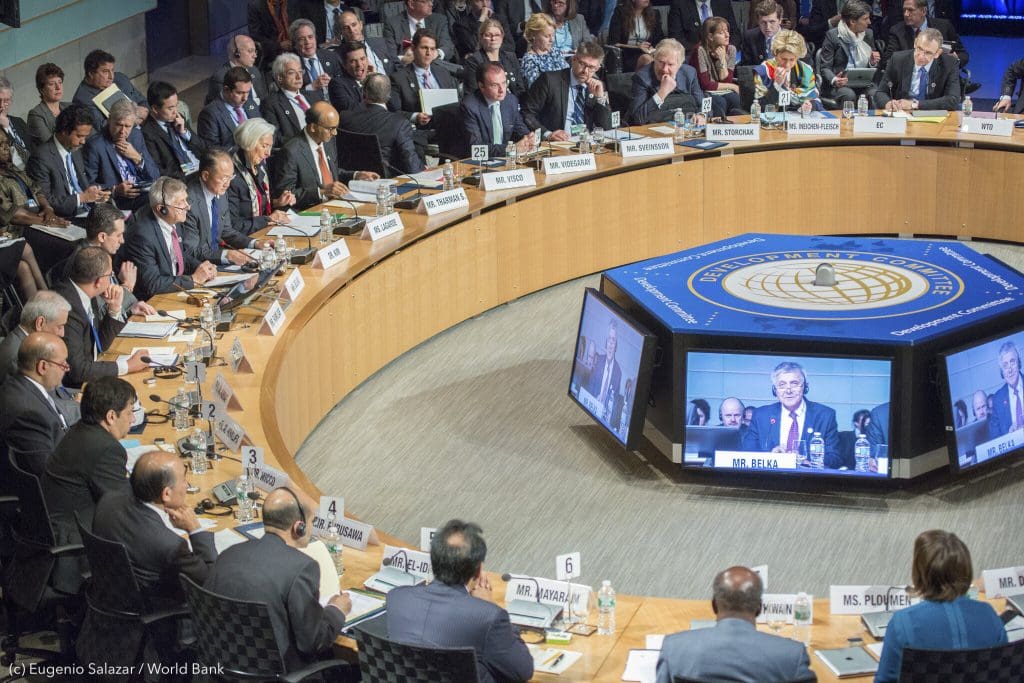Al-Shabaka Policy Member Jeremy Wildeman is a Research Associate at the University of Bath’s “Department of Social and Policy Sciences” where he is carrying out research on donor policy towards the Palestinians. Previously he completed a PhD on Canadian and foreign development aid towards the Palestinians, and has collaborated on a number of past research projects on Palestinian development, economy and NGOs. He also has substantial past experience with the Palestinian NGO sector, including co-founding the Nablus-based youth development charity ”Project Hope.”
From this author
The Trump Administration’s decision to cut aid to the Palestinians and cease USAID operations in the Occupied Palestinian Territory (OPT) must serve as a wake-up call for Palestinian policymakers to lay the Oslo Accords aid model to rest. Neither this model nor the masses of aid funds that have poured into Palestine.




+
Funds from Western donors have comprised the majority of the more than $36.2 billion in development assistance spent on the Palestinian economy from 1993 to 2017. This spending, done in support of the Oslo peace process under US political leadership and World Bank technical guidance, has largely been disbursed for Palestinian institution building and economic growth, as well as for humanitarian assistance.

Jeremy Wildeman· Jun 19, 2019
A quarter of a century since the signing of the Oslo Accords, an independent and sovereign Palestinian state has become little more than a myth as Israel continues to expand its settler colonial project and military occupation. Oslo’s structure and framework are to blame for this reality, as the Accords were not a peace agreement but a security arrangement between colonizer and colonized.
Since the signing of the 1993 Oslo Declaration of Principles, the donor community has invested more than $23 billion into “peace and development” in the Occupied Palestinian Territory (OPT), making it one of the highest per capita recipients of non-military aid in the world.


The World Bank’s growth report on the Occupied Palestinian Territories concludes – unsurprisingly – that growth is unsustainable because it is aid-driven, and yet it recommends private sector-led growth as a way forward. Can such growth or indeed any form of sustainable development really take place under the conditions of prolonged occupation, colonization, and dispossession?




















